Clash Of The E-Book Titans: Sony Reader Vs. Amazon Kindle Vs. Plastic Logic
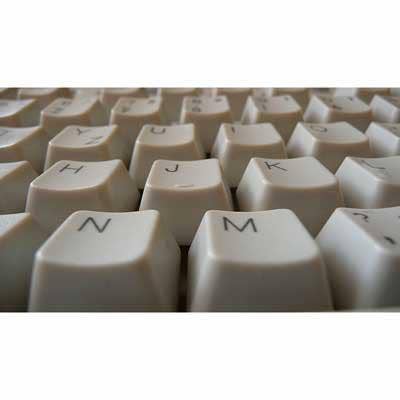
The Sony Reader is on the e-reading sidelines no longer. Thanks to Sony serving up not one, not two, but three new Sony Reader announcements this month, the company has finally emerged as a real competitor to Amazon's Kindle, which for at least since the arrival of the Kindle 2 in February has been the e-reading device vacuuming up all the headlines.
What's abundantly clear is that the popularity of Kindle has blasted e-books and e-reading into the popular consciousness -- and everyone with even a remote interest in the e-reading game, from manufacturers to telcos, wants a piece. Sony clearly does, too, and boy, is it tired of being an also-ran.
As has happened with smartphones and other consumer devices, new competition for the Kindle and Reader is coming out of the woodwork every day -- how long before either Amazon or Sony finds itself supplanted by a hot new e-reader -- or tablet or e-reading application -- from a Plastic Logic, Apple or (gulp) Google?
For now, it's Amazon and Sony, with the exciting, Barnes & Noble-fueled Plastic Logic reader also muscling its way into at least the edge of the spotlight. Let's look at the e-readers up close.
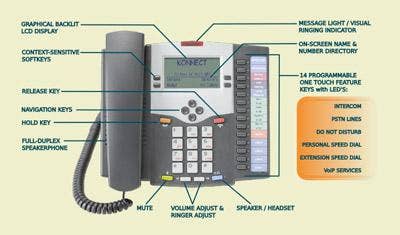
Between the second-generation Kindle (unveiled in February) and its large-screen brother the Kindle DX (unveiled in May), Amazon had e-reader variety cornered: It was popular (unlike its competitors with lots of e-readers but little name recognition) and had a few versions already available.
Plastic Logic, for the moment, has little to go on but good word of mouth and product photos, seeing as its proprietary e-reader won't be released until later this year. But credit Sony, whose original e-reader became an Amazon also-ran, for blasting back to life with three new e-reading offerings, all announced this month: the Sony Digital Reader Pocket Edition, the Sony Digital Reader Touch Edition and the Sony Digital Reader Daily Edition (all pictured), the latter a higher-end Reader with touch-screen and 3G capability.
Advantage: Sony

Sony's new Digital Reader Daily Edition will set you back $399 -- not exactly a recession-buster, but not the $489 Amazon commands for its slightly larger Kindle DX. Amazon recently downgraded the price of its Kindle 2 from $359 to $299, whereas Sony's smallest Reader, the Pocket Edition (pictured), goes for $199 with fewer features. As for you, Plastic Logic, you need to let us know how much that sleek new reader you have coming out costs, or else we can't help you out.
Advantage: Sony

Sony and Plastic Logic offer touch screens -- Sony on both the Sony Reader Touch and the Sony Daily Edition -- and Amazon's Kindles offer buttons. The Kindle 2 has a six-inch diagonal screen and the DX a 9.7-inch screen. Plastic Logic's reader will be larger than 10 inches -- a behemoth, for sure. Sony splits the difference on a number of fronts with its Reader Daily Edition (pictured) screen: touch and seven inches. It seems the least cumbersome, with the most options -- provided you like touch screen, which is a matter of preference.
Advantage: Sony
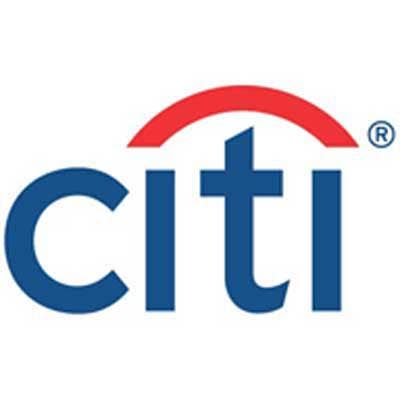
Here, it's a matter of numbers. Plastic Logic is the unknown, but Sony's Reader Daily Edition can hold 1,000 books and is expandable with SD and MS-Duo expansion. Still, that's 500 books fewer than the 1,500 (2 GB) Amazon can offer with the Kindle, and a full 2,500 books fewer than what Amazon packs (3,500 or 4 GB) with the Kindle DX (pictured), which is only two inches larger than the Daily Edition.
Advantage: Amazon
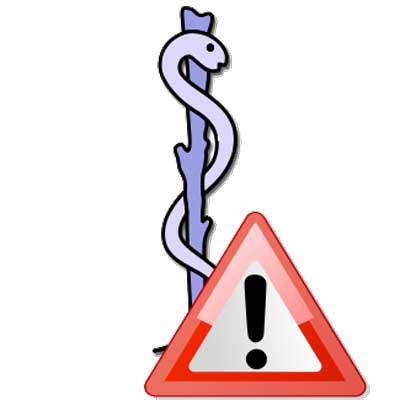
All three offer access to e-books, newspapers and e-periodicals. Sony offers books through its e-bookstore, Google's digitized Google Books Library of public domain works and also will provide free library book checkout through a new service called OverDrive.
Amazon has the Kindle Store, which to Amazon is the only e-bookstore game in town and offers 300,000-or-so titles. But Plastic Logic has a big gun in its corner: Barnes & Noble's just-launched e-bookstore and the 700,000-plus e-books it boasts. If Plastic Logic can gain any traction and push its device (pictured) into consumers' hands, it has one of the most well-known names in book retailing to help its bounce.
Advantage: Plastic Logic

Neither Amazon nor Sony offer Wi-Fi capability for their e-readers. Plastic Logic (pictured), on the other hand, promises to have Wi-Fi with its reader. All three makers offer or will offer 3G wireless connectivity through at least one device, Amazon through Sprint and Sony and Plastic Logic through AT&T. Amazon's Kindles do offer Web browsers, where Sony's and Plastic Logic's Readers do not, or aren't set to.
Advantage: Plastic Logic

Amazon supports AZW, TXT, Audible, MP3, MOBI and PRC on the Kindle, and the Kindle DX adds PDF to that list.
Sony's Reader Daily Edition (pictured) supports PDF, EPUB, Word, BBeB book (Sony's proprietary format), TXT, RTF, MP3 and AAC.
Plastic Logic's reader will support PDF, Word, Excel, PowerPoint, JPEG, PNG, TXT, HTML, BMP, RTF and EPUB.
It might be a lack of support for EPUB that hurts Amazon in the long run. EPUB, the open e-book standard format adopted by the International Digital Publishing Forum in 2008, has been adopted by every major e-reader maker except Amazon. Sony has already seized upon Amazon's hubris -- Sony's Steve Haber, president, Digital Reading Business Division, noted earlier this month: "A world of proprietary formats and DRMs creates silos and limits overall market growth. Consumers should not have to worry about which device works with which store."
Advantage: Sony

Both of Amazon's Kindles (pictured) offer four days of battery life with the wireless turned on, and close to two weeks without. Sony Reader Daily Edition's battery life specs aren't known. Plastic Logic has described its reader's battery life as "days, not hours" long, without being any more specific.
Advantage: Amazon
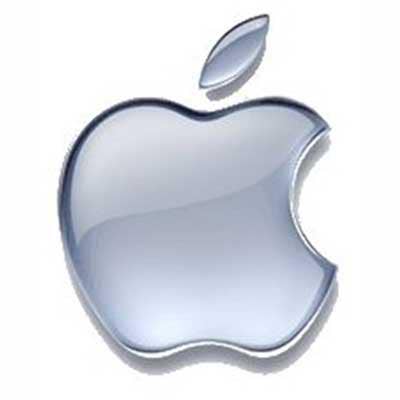
Plastic who? Plastic Logic's going to need the backing of Barnes & Noble's e-bookstore to get past the "I need to explain who I am before I can explain what I can do" problem. Amazon and Sony, on the other hand, are household names.
You could argue that Sony is better known all over the world than Amazon. But it's been the Kindle that's thrust e-readers into the popular limelight and inspired a million think pieces everywhere from scholarly journals to breathless IT blogs about the death of the paper book and whether that's really something an e-reader can accomplish. The point? When most people think "e-reader," the first thing they think is "Kindle" (pictured). That's a big plus for Amazon, which has gone to great lengths -- from iPhone exposure to buying up app competition such as Lexcycle's Stanza -- to make sure its name stays synonymous with the market.
Advantage: Amazon

In our evaluation, Sony's Readers (pictured) beat out Amazon's Kindles with four advantages to three. But the fact that no one reader is the runaway winner -- Amazon would have smoked this field with its Kindle 2 alone back in February -- shows just how much the e-reader competition is growing.
Will Amazon battle back? Will Sony pull farther ahead? Of course, as we see in the next slide, neither may be around for very long ...

As the e-book wars continue and the technology evolves, it may not be either Amazon or Sony that rules the roost for very long. Despite their bells and whistles, both the Kindles and the Readers are dedicated e-readers that can't do much else.
Plastic Logic and would-be competitors such as iRex -- which is about to launch an 8.1-inch touch-screen device of its own -- would be wise to take this to heart as they develop their next e-readers. So would Google, which might be about to take the e-reading marketplace by storm with the digital book ecosystem it's preparing.
But for the moment, all eyes are on Apple -- and the much-chewed-over rumors of an Apple tablet that among many other things can provide an e-reading experience on par with Kindle's, Sony's or any others. The sage advice to Amazon or Sony? Don't get comfortable.